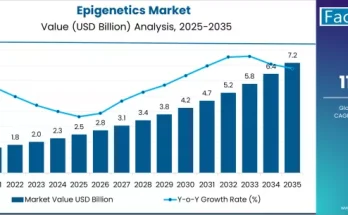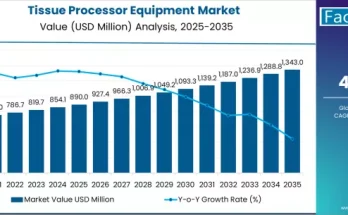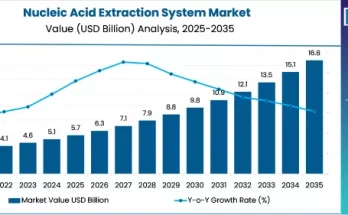Surge in cardiovascular cases in the past few years have led to high uptake of venous procedure devices. Moreover, key manufacturers are introducing technologically advanced products. Also, venous procedure devices have experienced high uptake for key cardiovascular procedures, with high sales of drug-eluting stents and catheters acquiring major importance.
Surgical procedures for vascular disease indication are also expected to gain traction, providing lucrative opportunities for market expansion.
Scope for enhanced venous procedures is broadening in various countries such as India & China. For instance, As per World Health Organization (WHO), India had reported that 63% of total deaths were witnessed due to non-communicable diseases, of which 27% were attributed to cardiovascular diseases.
Technological advancements are paving the way for future expansion of the market
Key players in the market are introducing advanced products based on upgraded techniques, offering improved & precise diagnostics to patients suffering from venous diseases. Moreover, there is a demand for central venous access for indications; this includes ongoing hemodynamic monitoring, difficult venous access, or long-term IV therapy. Moreover, numerous central venous catheters and devices are also available which enable such access. Moreover, advancements such as Doppler ultrasound have led practitioners to effectively diagnose diseases like deep vein thrombosis and vasculitis.
US is expected to be a prominent market for venous procedure devices
The US is expected to offer lucrative opportunities for the venous procedure devices market due to increased surgical procedures for various cardiac anomalies. Moreover, as per the Society for Vascular Surgery, peripheral arterial disease affects between 8 &12 million people in the US. In the meanwhile, nearly 200,000 people are annually diagnosed with abdominal aortic aneurysm (AAA).
Venous procedure catheters are gaining traction
Demand for venous procedure catheters is expected to see considerable consumption, with preference for central catheters generating high bulk of total demand. Moreover, central catheters are very effective in direct administering nutrition and medication directly into the bloodstream.
Central venous catheters are less likely to detach from the vein, permitting patients to remain more active and receive intravenous medication at home. Moreover, in cases of severe shock incidents, it enables delivery of larger blood quantities to patients.
Chest implants are expected to be the most common venous procedure device application
By application, chest implants are expected to remain dominant in the venous procedure devices domain, particularly in the infraclavicular region. This is more convenient to surgeons while operating on a patient.
In the meanwhile, abdomen venous procedure devices are gaining traction, owing to increased prevalence of chronic kidney ailments requiring patients to undergo hemodialysis procedures.
Vascular diseases are expected to generate major demand
By indication, vascular diseases are expected to generate significant demand at the backdrop of surge in prevalence of deep vein thrombosis globally. As per the Centers for Disease Control and Prevention (CDCP), In the US, approximately 900,000 people are affected by it. Moreover, 10-30% of this is succumbing within a month of diagnosis.
Moreover, treatment for hemodialysis/arteriovenous fistulae is also anticipated to incline, due to its surging prevalence rate in recent years.
Key venous procedure device manufacturers are introducing technologically developed products
Notable developments of the key venous procedure device manufacturers are:
- In May 2021, Medtronic Plc. announced the CE Mark for its one of the products, EvolutTM PRO+ TAVI System for treating patients with symptomatic severe aortic stenosis across Europe
- In May 2019, Cardinal Health company Cordis announced launch of its RADIAL 360 portfolio for interventional cardiology purposes, comprising of four main devices


